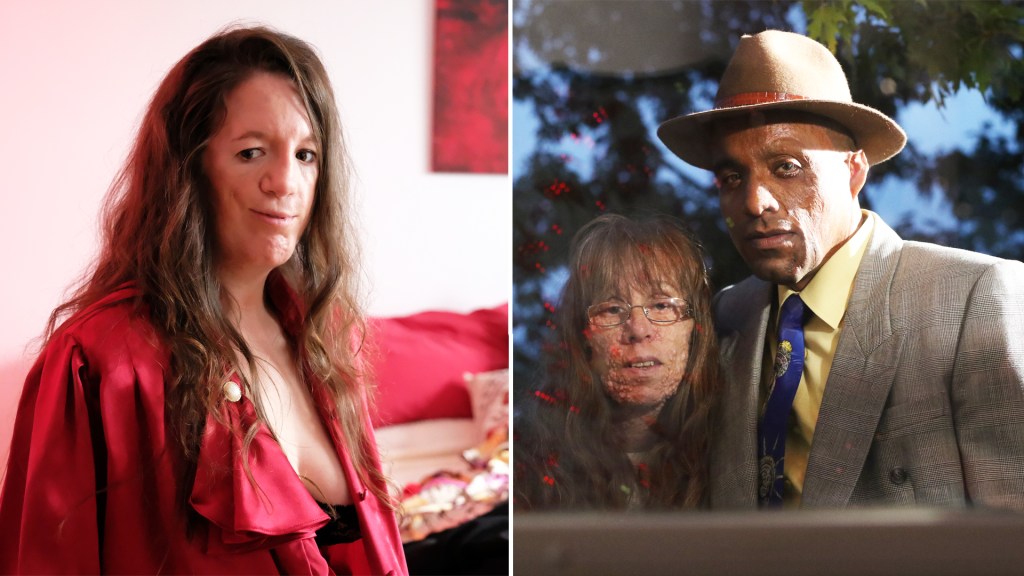As Alexandre Franchi describes it, the inspiration for his latest film, Happy Face, comes from a very dark and harrowing place.
The ironically-titled film tells the story of a young man who wears a mask in order to infiltrate a support group for the facially-different (formerly referred to as “disfigured,” a word no longer deemed appropriate). There, the alienated outsider feels at home among people who have been cast out from society due to the fact that they deviate from the socially-acceptable ideals of aesthetic normalcy.
Videos by VICE
And the award-winning filmmaker says the screenplay came to him as he remembered his own tortured adolescence, during which his mother battled cancer. “My mom was in cosmetics,” he recalls. “So much of how she defined herself was about how she looked. The cancer took away her breasts, and the treatment took her hair. I didn’t bring friends home from school because I was ashamed of how she looked. Those years were a harsh combination of wanting to help her, repulsion, and terrible extreme guilt.”
Her struggle was “one of beauty and having lost it,” Franchi explains, “and that stayed with me for a long time. And that’s the emotional core of this film.”
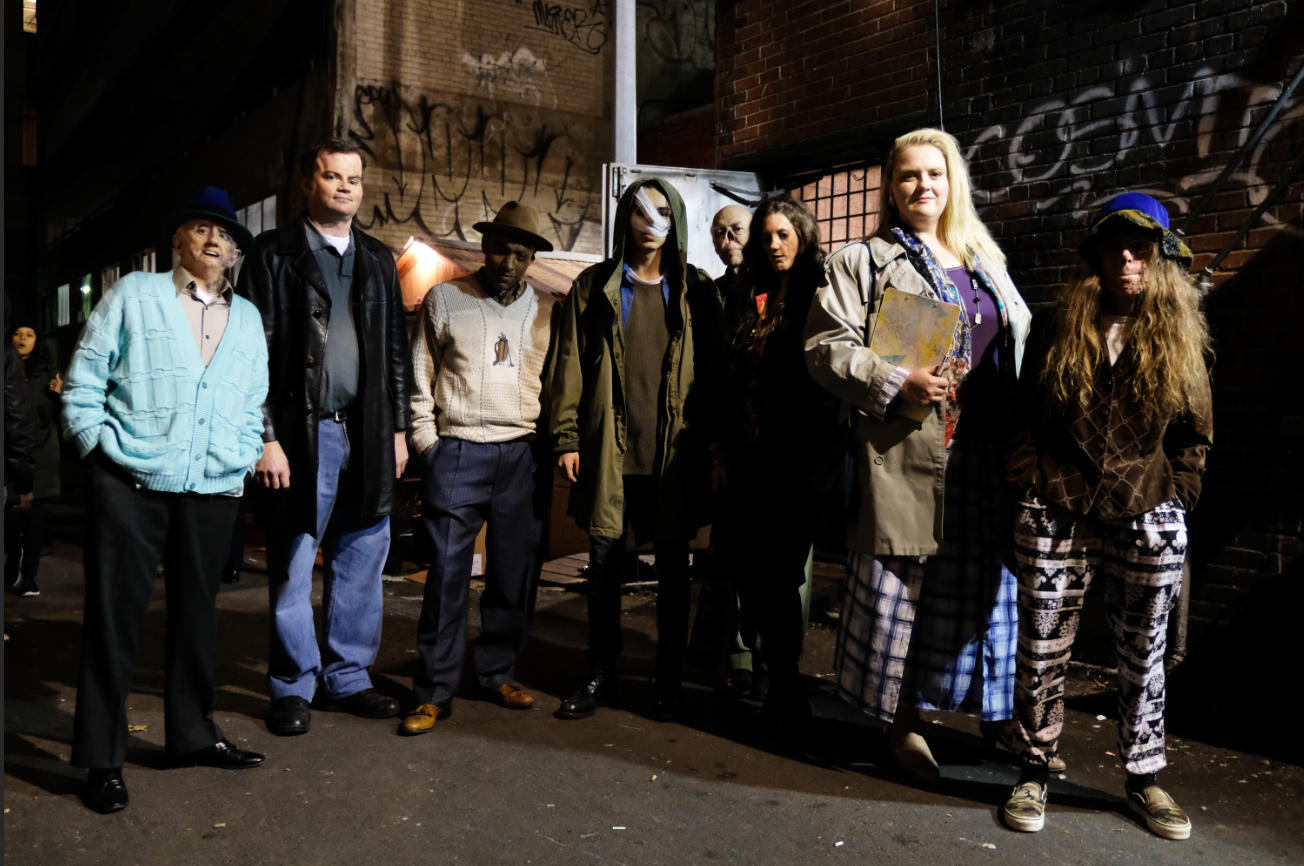
As Franchi set about to cast Happy Face, he pondered the elaborate make-up he would have to use to create the cast of characters who would populate the support group for the facially-different. Then he decided to try to reach out to actual support groups and see if people would be willing to act in such a film—people who had experienced the kind of alienation and pain he wrote about in his script. He wasn’t sure anyone would be willing, but then he sent notices out to support groups throughout North America and Europe.
And then he heard back. “I was surprised at how many people who had gone through something—cancer, a car accident, a disease—who were intrigued to be part of a film project,” Franchi says. “Some said they had always wanted to be in a film, and another remark was that they felt it might be cathartic.”

Cinema has a long and controversial history of casting people who are deemed outsiders due to their appearance. In 1932, director Tod Browning released his feature Freaks, considered a landmark for the way it cast circus performers as themselves. The poster for the film read “Can a full grown woman truly love a midget?”, and the film inverted notions of traditional beauty (the physically, conventionally beautiful characters in the film have ugly souls, and vice versa). Freaks was met with critical disdain and decades of censorship. The photographer Diane Arbus (1923-71) cited Freaks as a source of inspiration for her famous photography, which often focused on subjects who were outsiders (among them circus performers, twins, people with Down Syndrome and the impoverished). Both Browning and Arbus came under intense criticism for what many saw as little more than brazen exploitation.
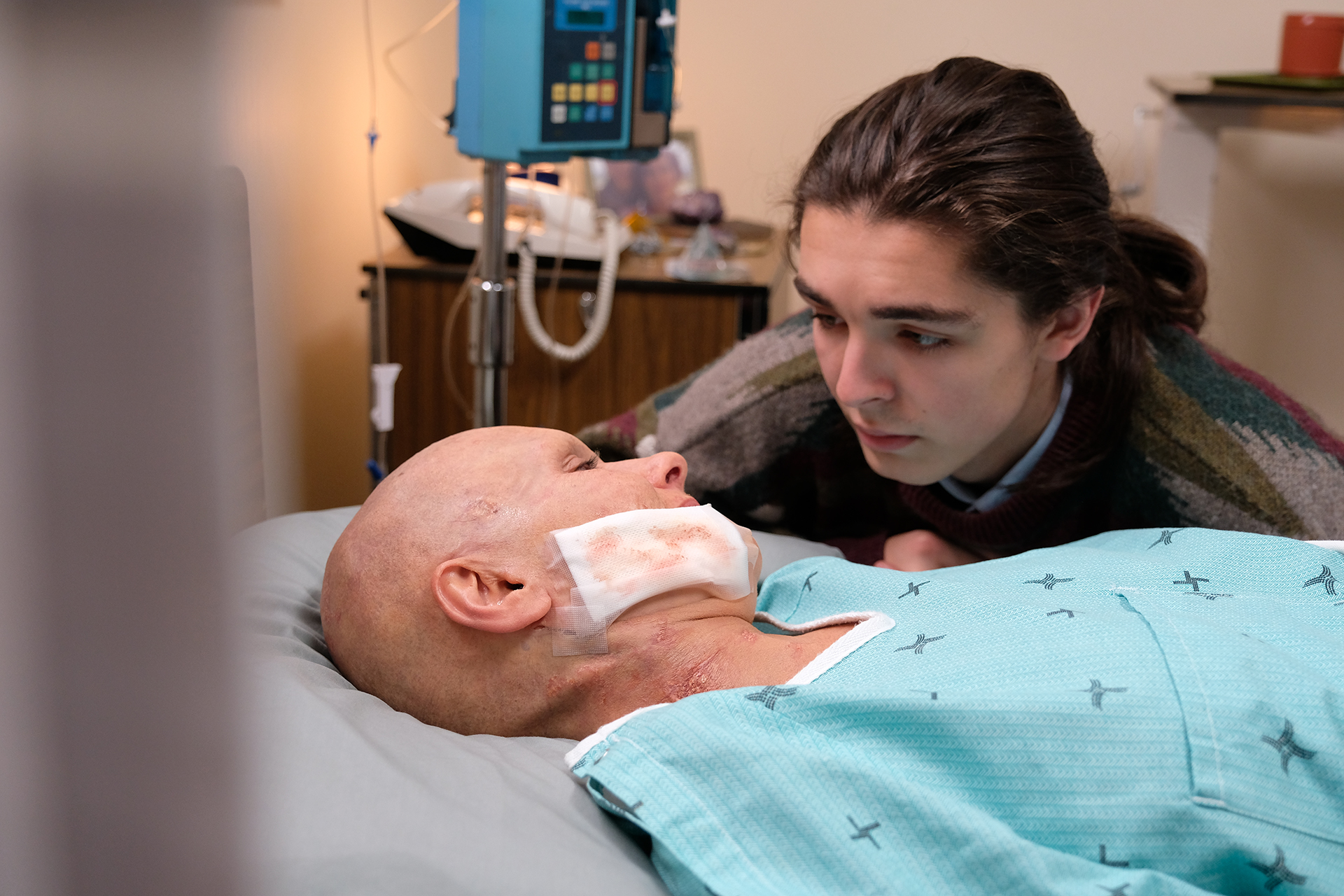
Franchi points out that recently, the reverse criticism is made against certain casting calls, as disabled activists are now calling out the casting of able-bodied actors in roles for people who are disabled or facially different, as a BBC production of The Elephant Man did last summer.
Franchi says he overcame any issues of exploitation by sharing his own stories with his cast, and making them part of the creation of the film. Nine years ago, Franchi would win awards at The Toronto International Film Festival (TIFF) and Slamdance for his first feature, The Wild Hunt. But his filmmaking career was sidelined when he suffered through his own battle with bone cancer—something that led to complications which meant part of his leg had to be removed and replace with metal, an ordeal he even made a short film about. As well as dealing with his late mother’s cancer and his own, Happy Face is something of a comeback for Franchi, and also a learning curve, given the new challenges facing independent filmmakers (yes, the film has its own obligatory crowdfunding campaign).
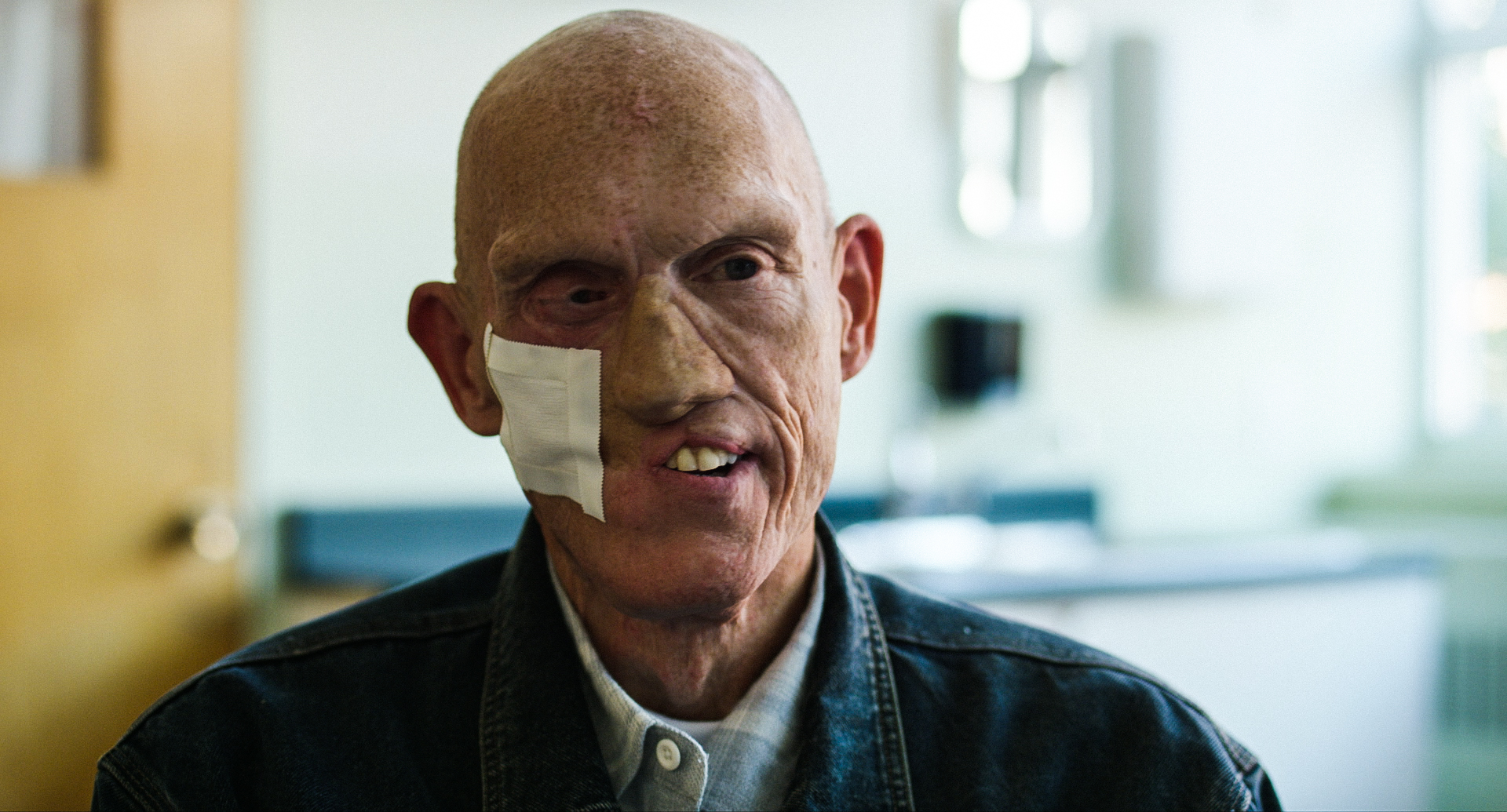
Keith Widgington, a Montrealer who acts in the film as one of the support group, says making Happy Face was therapeutic for him. In 2006, he was diagnosed with skin cancer and had part of his nose removed. But not all of the cancer was excised, and it spread; subsequent surgeries led to his nose, upper cheekbones and part of his jaw removed.
“Being around other people who have suffered through facial disfigurements made me feel less alone,” says Widgington. “Most of what we said was not scripted, so the dialogue is us in our own words. It was a depiction of group therapy, but that’s what it actually was.”
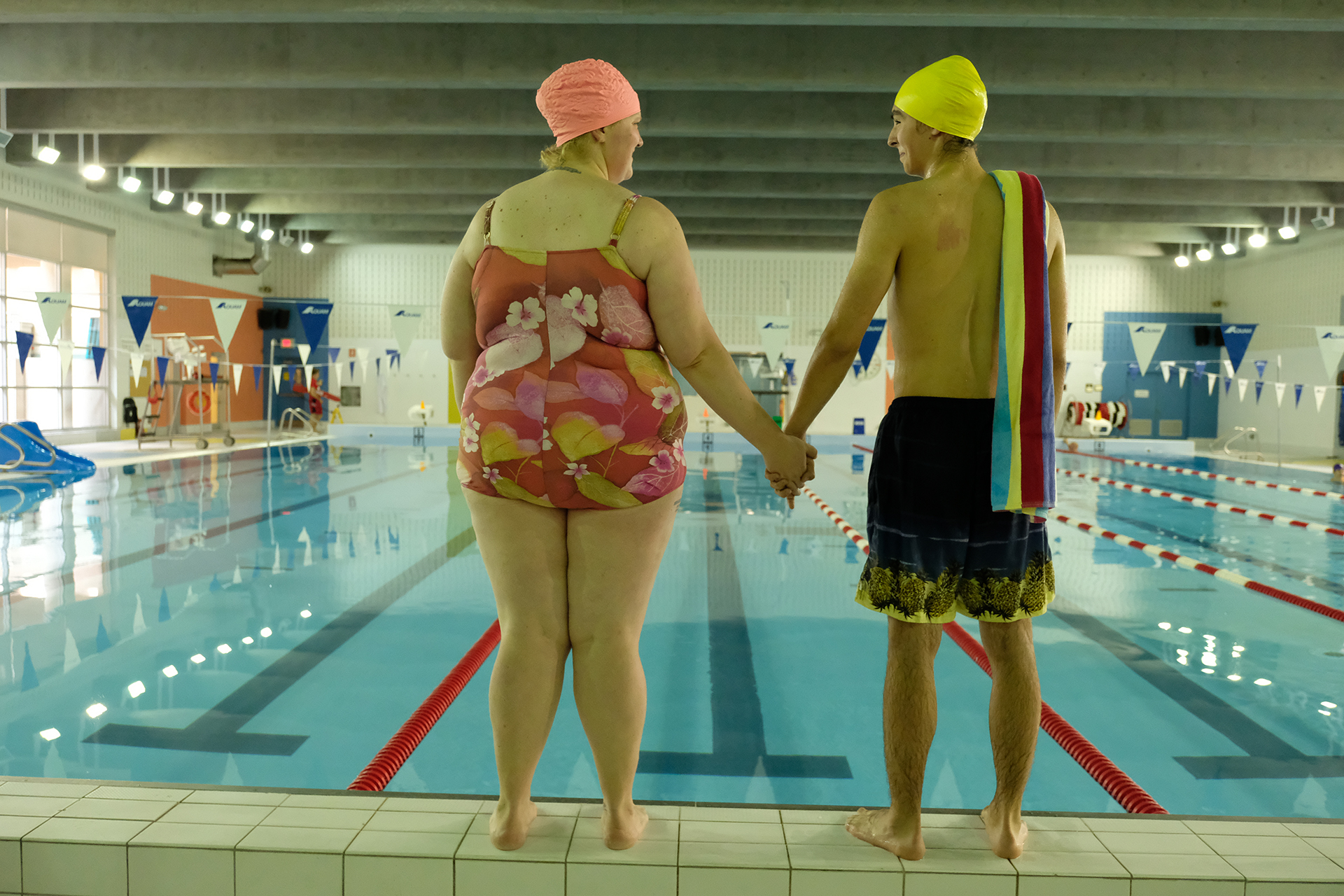
Widgington says that making the film helped him to reduce his own anxiety. “The toughest part about being so different is the total destruction of your self-confidence. I just hated to go out. After a while you just stop going out at all. Making Happy Face helped me to get over a lot. I realized that many other people share my struggles. I’m far less concerned with what other people think of me.”
Happy Face will have its world premiere at the Festival du Nouveau Cinema this Saturday, Oct. 6. https://nouveaucinema.ca/en/films/happy-face
Sign up for the VICE Canada Newsletter to get the best of VICE Canada delivered to your inbox.
